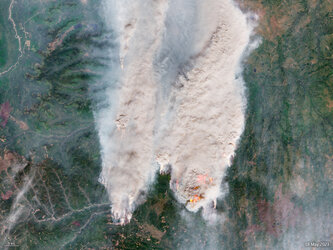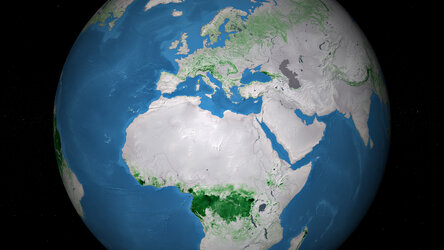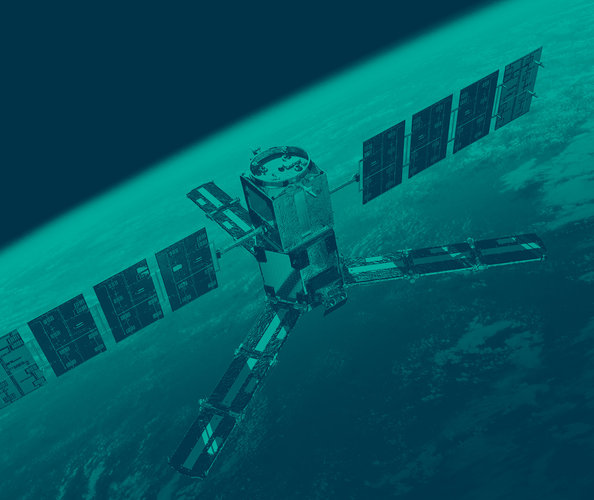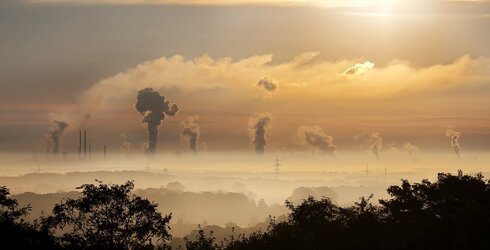Younger trees champion carbon capture
Thanks to their ability to absorb and store carbon dioxide from the atmosphere, forests have long been recognised as a key tool in the fight against climate change – but not all forests are equal. New research based on data from ESA’s SMOS satellite mission has found that, surprisingly, young trees are champions at carbon capture.
To better understand the complexities of our climate system and predict the effects of change, scientists need to be able to account for carbon storage. However, their efforts have been thwarted by uncertainty when it comes to the carbon contained in vegetation on land, making it difficult to estimate the global carbon balance – until now.
A paper published recently in the journal Nature Geosciences describes how ESA-funded scientists have, for the first time, directly observed how terrestrial carbon stocks have changed at regional and global scales using observations from ESA’s SMOS satellite.

The results have important implications for climate change mitigation and effective monitoring of progress towards net zero goals by 2050, as laid out in the Paris Agreement.
The team, led by researchers at the French Laboratoire des Sciences du Climat et de l’Environnement (LSCE), found that land-based carbon stocks increased by an average of 510 million tonnes of carbon per year during the 2010–2019 study period.
The gain in carbon-rich biomass was largely by boreal and temperate forests, with tropical forests adding only small increases in carbon – the result of deforestation and agricultural disturbances.
Surprisingly, the research, which was undertaken as part of ESA’s Climate Change Initiative RECCAP-2 project, found that young and middle-aged forests – comprising trees between 50 to 140 years of age – played a dominant role in absorbing atmospheric carbon and accumulating biomass.
However, forests that were 140 years old and above were approximately carbon neutral, which is the opposite of vegetation model predictions.

Hui Yang, from LSCE, said, “Vegetation models that predict terrestrial carbon stores do not represent forest demographics and tend to overestimate the carbon sequestration capacity of old-growth forests and underestimate of carbon absorbed by boreal and temperate forests.
“Using space-based observations we can track and better understand long-term variations in terrestrial living-biomass. Our study highlights the importance of forest age in predicting carbon dynamics in a changing climate.
“Delaying and decreasing the harvesting of timber from young forests could be a way forward for climate-friendly forest management.”
ESA’s Earth Explorer Soil Moisture and Ocean Salinity (SMOS) satellite has been in orbit since 2009. The satellite carries an interferometric radiometer that operates in the L-band microwave range.
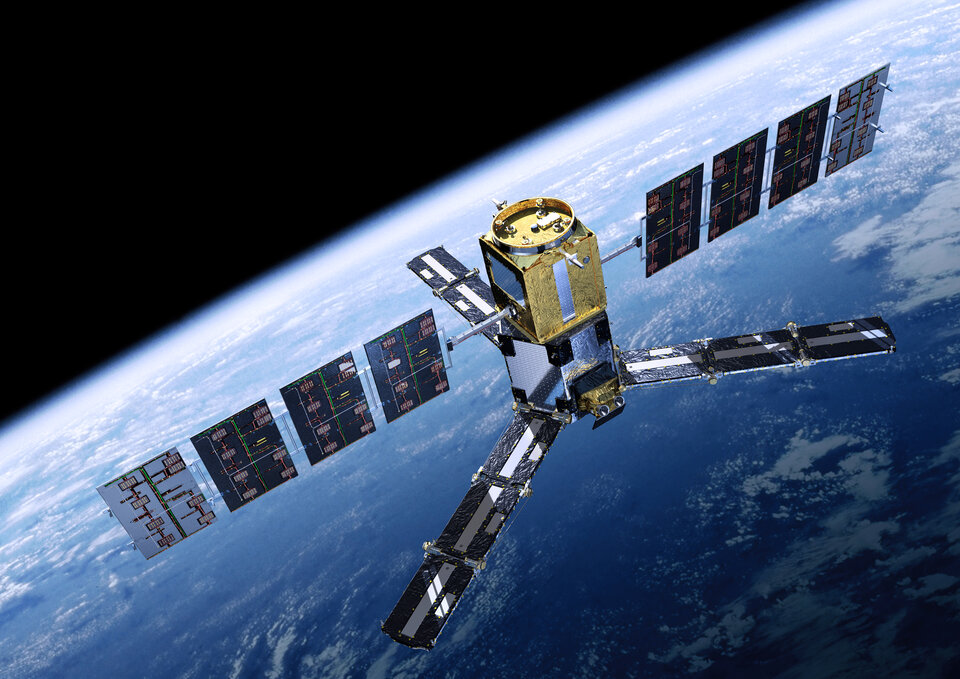
This captures ‘brightness temperature’ images to derive, as the mission’s name suggests, global maps of moisture in surface soils and salt in ocean surface waters.
Recent technical advances that remove interference and data artifacts have made it possible to obtain sufficiently robust measurements of L-band microwave vegetation optical depth (L-VOD) to assess live woody vegetative biomass, and diagnose global changes in terrestrial carbon stocks.
The L-VOD used in this study was developed by INRAE Bordeaux.
Philippe Ciais, also from LSCE, explained, “Using L-VOD data from SMOS has provided valuable insights into global terrestrial carbon storage.
“The study's findings have important implications for climate change mitigation efforts, as they contribute to a more accurate estimation of the global carbon balance which is needed to inform and track progress towards achieving the Paris Agreement goals.”
Another ESA Earth Explorer mission called Biomass, which is slated to launch later next year, will also shed new light on forest carbon. It will carry a novel P-band synthetic aperture radar to deliver crucial information about the state of our forests and how they are changing, and to further our knowledge of the role forests play in the carbon cycle.

ESA’s Director of Earth Observation Programmes, Simonetta Cheli, noted, “The use of SMOS to understand more about carbon capture by forests is another example of one of our Earth Explorer research missions surpassing expectations.
“With the carbon cycle so fundamental to our climate system and to the health of our planet, we are busy preparing the Biomass Earth Explorer mission, which is dedicated to measuring forest height and biomass. Information from this upcoming mission will not only shed new light on the carbon cycle, but also contribute to international efforts to reduce carbon emissions from deforestation and land degradation.”















 Germany
Germany
 Austria
Austria
 Belgium
Belgium
 Denmark
Denmark
 Spain
Spain
 Estonia
Estonia
 Finland
Finland
 France
France
 Greece
Greece
 Hungary
Hungary
 Ireland
Ireland
 Italy
Italy
 Luxembourg
Luxembourg
 Norway
Norway
 The Netherlands
The Netherlands
 Poland
Poland
 Portugal
Portugal
 Czechia
Czechia
 Romania
Romania
 United Kingdom
United Kingdom
 Slovenia
Slovenia
 Sweden
Sweden
 Switzerland
Switzerland



























